If you work with middle school students who are having trouble with reading comprehension, you know how important it is to help them build their skills. After all, reading is essential, and the texts that students are going to be expected to comprehend are only going to get more challenging as they get older.
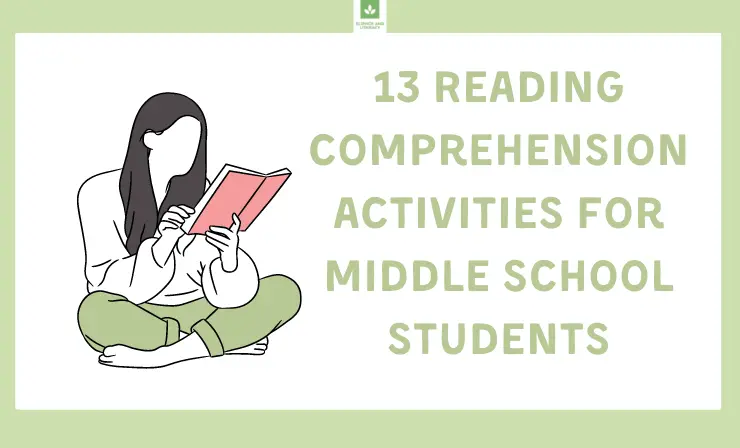
I know how challenging it can be working with middle schoolers who are struggling to comprehend what they have read. You can feel like you’re hitting a brick wall and that everything you’re trying isn’t working.Don’t despair! I’m here to help share my experiences and research regarding reading comprehension strategies and activities to help your students understand what they read.
Continue reading, and I’ll share:
- Some of my favorite reading comprehension activities for middle school→
- How to prepare middle school students for readings→
- Reading comprehension strategies to use with your middle school students→
- Ideas to support students struggling with reading comprehension→
13 Reading Comprehension Activities for Middle School
Ok, the wait is over! Here are my 13 favorite reading comprehension activities for middle school!
- Head’s Up →
- Wanted Poster →
- Jenga Comprehension Game →
- Wordless Picture Books for Inferencing →
- Anticipation Guide →
- Using Text Context to Help with Comprehension →
- Socratic Soccer Ball →
- K12 Reader Middle School Reading Comprehension Worksheets →
- Graphic Organizer →
- ReadWorks →
- Reading Comprehension – Middle School Super Bundle →
- Guided Reading Beach Ball →
- Make a Timeline →
1. Head’s Up
You’ll Need
- Cards with important names/objects/places from a text
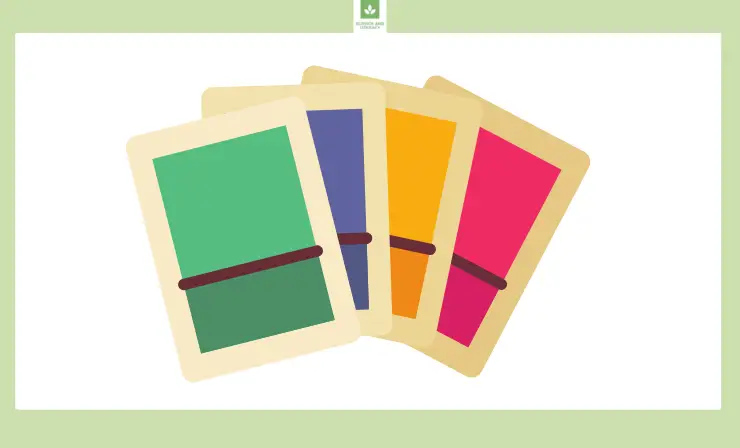
Description
This reading comprehension game is based off of a popular game that your students are likely already familiar with. To prepare, you’ll need to write the names of important characters, places, or objects from the book you’re studying. Pair students up and give each student one deck of cards. They should hold the deck up on their forehead while their partner gives clues to see if they can guess who/what they are.
2. Wanted Poster
You’ll Need
- Paper
- Books you’re studying
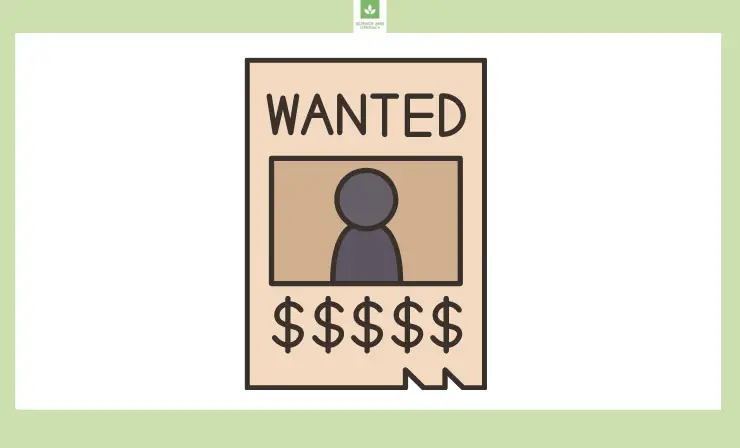
Description
For this activity, students will create a wanted poster for one of the characters in their story. To create their poster, they’ll have to include the character traits of the individual and other important information from the book for what they are wanted for. You can keep this activity simpler by only have students write a few words on their poster, or add a longer written prompt to accompany it.
You’ll Need
- Jenga game pieces with generic comprehension questions written on them
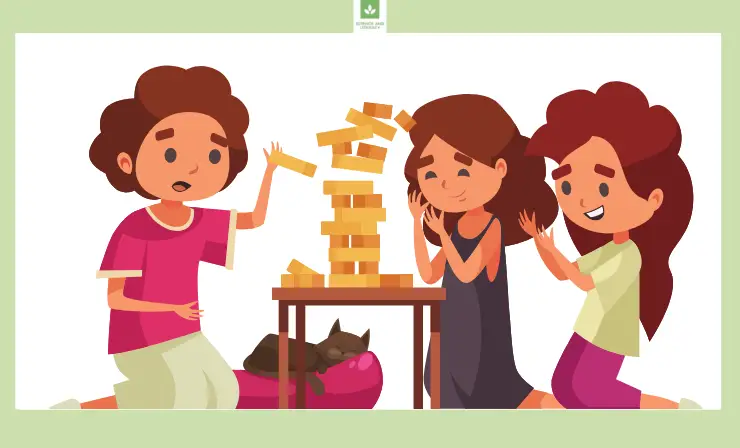
Description
Students will have fun playing this game while also working on their comprehension skills. To create the game, you’ll need to write generic comprehension questions on each Jenga piece (or more specific questions taped to each piece). Then, as students play Jenga with their group, they’ll have to answer each question they pull up. You can set up the game so that all the questions are facing down to prevent students from being able to read them before pulling a block out.
4. Wordless Picture Books for Inferencing
You’ll Need
- Wordless picture books
- Graphic organizer
- Pencils
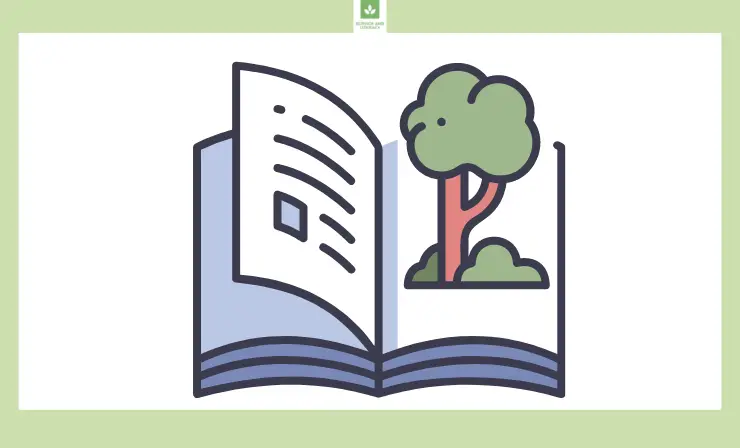
Description
Use wordless picture books to have your students practice inferencing. Students can study one illustration at a time and write what they can infer about the image (for example, what happened before, what will happen next, which character was responsible for X, and so on). Some examples of wordless picture books you can use include “The Mysteries of Harris Burdick” by Chris Van Allsburg and “Unspoken” by Henry Cole.
5. Anticipation Guide
You’ll Need
- Written anticipation guide relating to the book your students will be reading
- Pencils
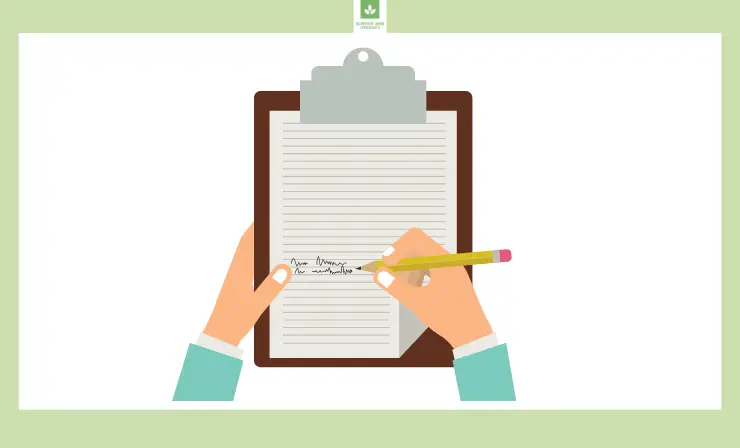
Description
You can use an anticipation guide as part of your pre-reading activities before beginning a new book. The anticipation guide should list statements (some true, some false) about the book, and students will need to mark whether they agree with each statement. Using an anticipation guide is a good way to have students practice the reading comprehension strategy of predicting.
6. Using Text Context to Help with Comprehension
You’ll Need
- Book you’re studying
- Information about the author’s life/important historical events of the time
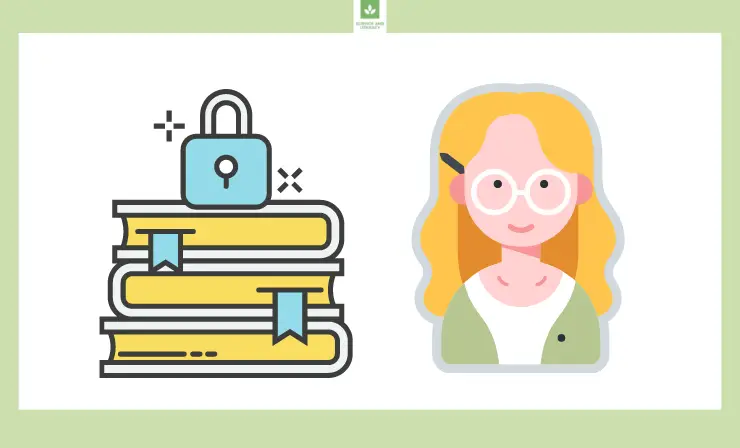
Description
When students have a greater context of the events surrounding a book or the author’s life, it can sometimes help them better comprehend what they read. If you’re reading a historical fiction text or a text that is based on the life of the author, consider building students’ background knowledge of these subjects. You can then have students identify similarities between the events of their text and those from the life of the author/history.
You’ll Need
- Soccer ball with comprehension questions written on it
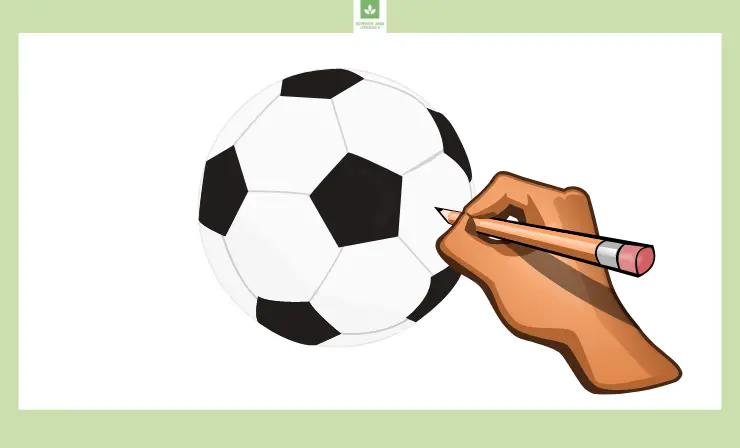
Description
Before playing this game with your students, you’ll need to write comprehension questions on a soccer ball (or on tape placed on the soccer ball). Then, students can gently toss the ball back and forth and must answer the question that is facing up when they catch it.
8. K12 Reader Middle School Reading Comprehension Worksheets
You’ll Need
- Reading comprehension worksheet downloads
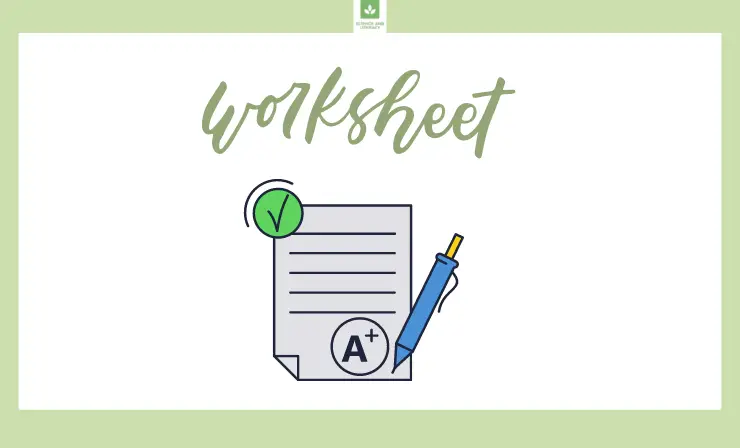
Description
To provide your students with some additional reading comprehension practice, try using these worksheets. There are sets of worksheets available for 6th, 7th, and 8th graders that include on-grade passages and comprehension questions. If you have students who are struggling with reading or reading comprehension, you could consider starting with the worksheets and passages from the prior year.
You’ll Need
- Various graphic organizers based on lesson objectives
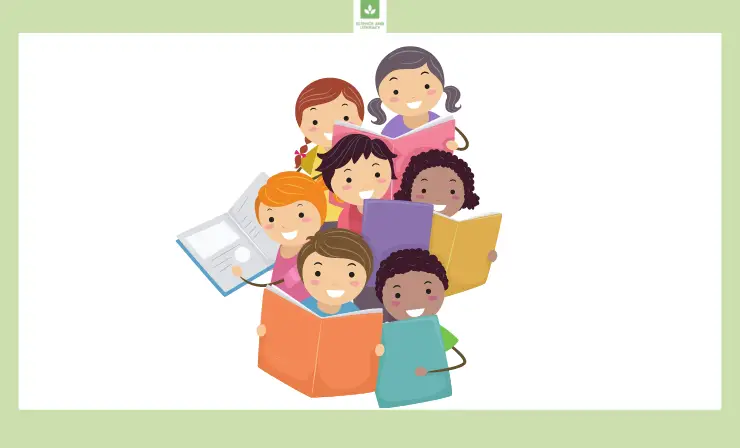
Description
Graphic organizers can be an excellent way to help students improve their reading comprehension. They allow students to organize their understanding of a text and can really break down important concepts into more meaningful and easier to understand chunks. Some examples of graphic organizers you can incorporate with your middle school students include cause and effect diagrams, Venn diagrams, story elements/plot organizer, and main idea charts.
You’ll Need
- Computer
- Printer
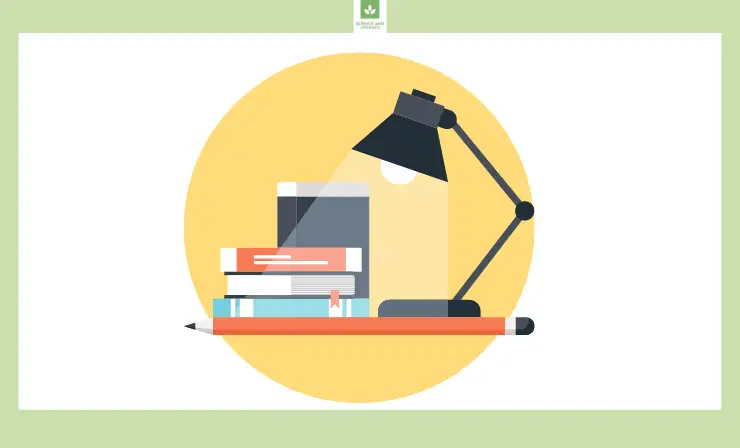
Description
ReadWorks can help you improve your students’ reading comprehension. This website offers a variety of digital classes for students, as well as printable materials and lesson ideas that you can use. There are also materials designed for use with your projector or interactive whiteboard that could be good for whole class instruction. (You can learn more about the best interactive whiteboards in this article .
11. Reading Comprehension – Middle School Super Bundle
You’ll Need
- Paid download of reading comprehension bundle from Teachers Pay Teachers
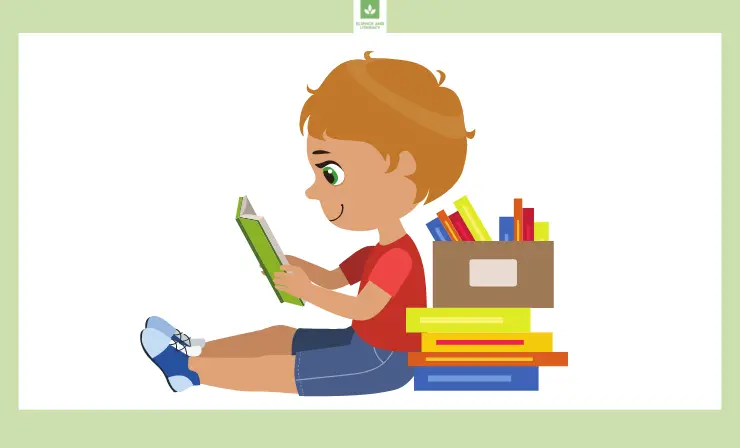
Description
We all know that teaching is about sharing ideas and see what has worked for others. You can download this super bundle of reading comprehension activities for middle school students from Teachers Pay Teachers. The bundle includes 11 different units of studies to help you improve your student’s comprehension.
12. Guided Reading Beach Ball
You’ll Need
- Beach ball
- Marker
- Generic or text-specific questions
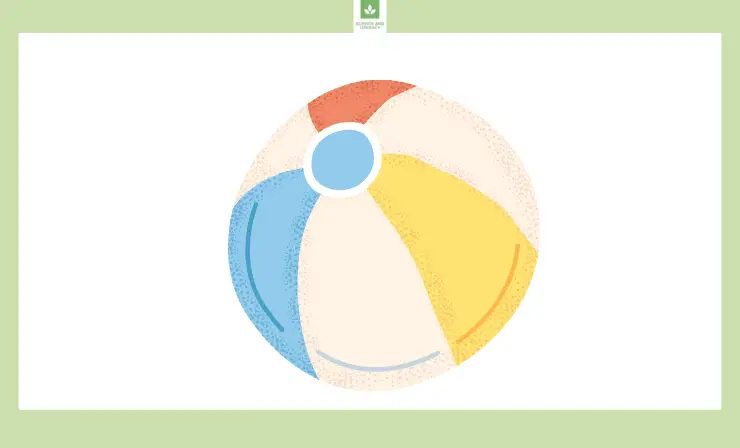
Description
This activity is sure to get your students up, moving, and excited about learning. Simply write some questions about the text on each section of the beach ball and have students roll or toss the ball to one another and answer the question that is facing up when they catch it. Your room could get loud with all the excitement, so you may want to pull out your voice amplifier or consider investing in one.
13. Make a Timeline
You’ll Nee
- Timeline graphic organizer
- Pencils
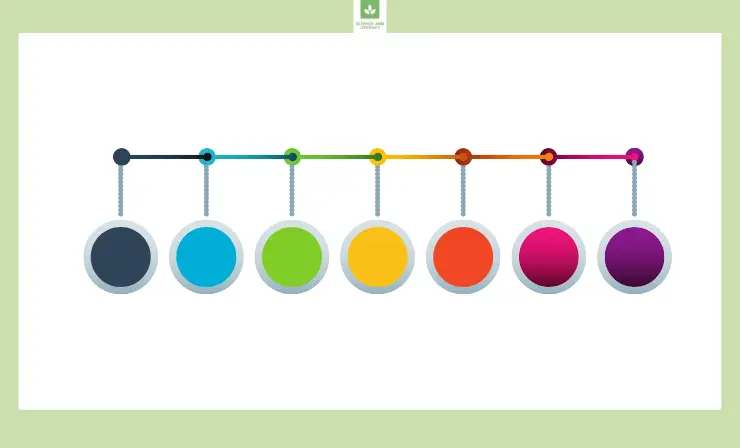
Description
If your students are reading a biographical or autobiographical text, they can improve their reading comprehension by creating a timeline. Students will need to work on distinguishing important vs interesting events from the individual’s life as they decide what to include on their timeline.
How to Prepare Middle School Students for Reading
As a middle school teacher, you want to set your students up for success with reading comprehension in high school . As they progress through the grades, the texts they are expected to read will only become richer and more challenging.
It is important to prepare middle school students to be successful in reading, even if they are currently having some troubles with reading or comprehension (Learn more about student’s troubles with reading). You also want to work to help students see the joy in reading and keep them from deciding it is too difficult and just not for them.
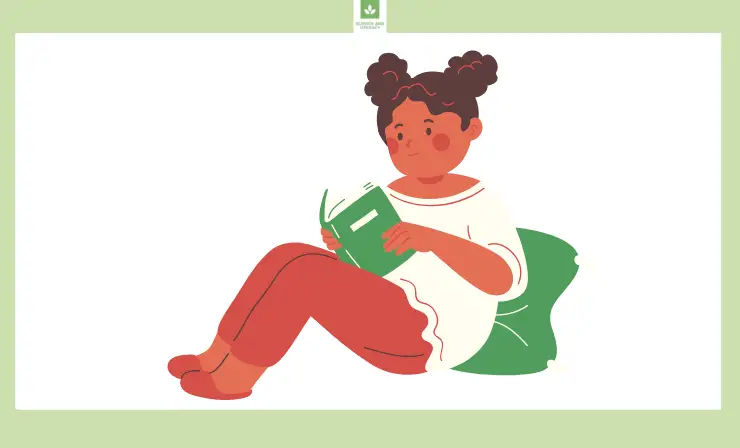
Here are a few different ways you can prepare your middle school students to be successful:
- Work with students at their instructional reading levels through small-group instruction.
- Explicitly teach reading, comprehension, and vocabulary strategies to your students.
- Provide time when students can read books of their choice.
- Model using strategies during read alouds so your students can hear your thinking process.
- Read books aloud in class. There are many benefits.
4 Reading Comprehension Strategies
Before I start sharing my favorite reading comprehension activities for middle school, let’s take a few minutes to review the main reading comprehension strategies that you should be teaching your students.
Explicitly teaching and modeling the use of these strategies (multiple times) will help students begin to apply them independently as they read. This can clearly have a positive impact on their comprehension.
Not sure if this will be of use to anyone but I made a bank of reading comprehension teaching strategies for my staff. Each reading VIPER has ideas for teaching activities. I’ve added it to my Dropbox – https://t.co/aKUbz4XcJ5 @edshed #reading @_Reading_Rocks_ Help yourself! pic.twitter.com/ocijxCstTO
— Emma Stanley (@MissStanleyYr6) September 14, 2020
Here are the four reading strategies to work on with students :
- Predicting: Predicting is a reading strategy where students make predictions (based on facts/prior events) about what a book is going to be about/what will happen next in the text. With non-fiction texts, students can also make predictions about the type of information they will learn or the author’s purpose for writing the text.
- Questioning: Questioning is exactly what it sounds like. Students should be actively asking/writing questions before, during, and after reading a text. These questions can be anything relevant to the text, such as why a character did something, what will happen next, or what could have been different if something in the story changed.
- Clarifying/Monitoring: We want our students to notice when they’re having trouble understanding something. This could happen if they skipped over a word/paragraph accidentally, got stuck on decoding a word, or even if their mind just started to drift as they were reading. We need to help our students identify these moments when their comprehension drops and teach them to go back and re-read, find a resource to help with an unknown work, and so on.
- Summarizing: When students comprehend what they have read, they should be able to show that understanding by writing a sentence (or a few sentences) about what they read.
If you want to learn more about each of these strategies, watch this video to hear them all explained by an expert teacher.
Did you find that helpful? I certainly did!
4 Ways to Support Students Who Struggle with Reading Comprehension
Whether you are a general education teacher, a special education teacher, or an SDC teacher, you will likely work with some students who struggle with reading comprehension in your class at some point. You can read more about SDC teachers in this article.
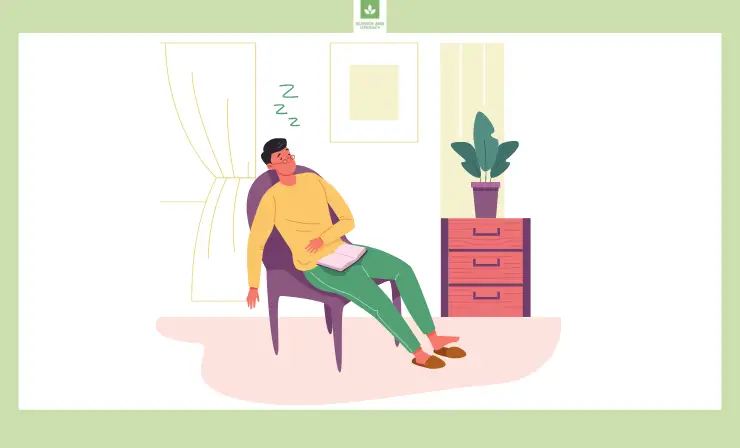
Knowing how to support your students who are having a hard time comprehending what they read is important. Here are a few different ideas to help you:
- Explicitly teach vocabulary using visual aids, graphic organizer, and mnemonics.
- Help your students learning thinking strategies (such as activating their prior knowledge, visualizing, asking questions, predicting, making connections between texts, and re-reading).
- Model and explicitly teach the comprehension strategies listed above (making predictions, questioning, monitoring, and summarizing) along with other skills like sequencing, making connections, plot and story structure, and figurative language.
- Work to improve students’ comprehension with spoken language first (if you see this as a deficit) before expecting to improve reading comprehension.
This video also highlights some key strategies you can use to help your struggling readers to improve their comprehension.
Which strategies do you notice lacking in some of your students? How do you plan on implementing these strategies into your upcoming lessons?
Useful Resources
- Best Middle School Books, As Chosen by Teachers
- 15 Book to Movie Adaptations for Middle Grades
- 34 Must-Share Poems for Middle School and High School
Final Thoughts
Watching your students struggle with reading comprehension is not easy. I hope my tips, suggestions, and reading comprehension activities for middle school students have provided you with some hope and inspiration. What are you most excited to try with your students?
- Overview of 22 Low-Code Agencies for MVP, Web, or Mobile App Development - October 23, 2024
- Tips to Inspire Your Young Child to Pursue a Career in Nursing - July 24, 2024
- How Parents Can Advocate for Their Children’s Journey into Forensic Nursing - July 24, 2024

What are some great summer activities for middle school aged children to improve reading comprehension and writing skills?
I’ll address writing skills first. Write a half page every day. It doesn’t matter what you write about. You can write the lyrics of a song if you like. Now put that away and get it back out later in the day. Read what you’ve written and write a two to three sentence response to your earlier writing. Consider whether any of the following relates to what you wrote.
This is a really good tip especially to those fresh to the blogosphere. Simple but very precise info… Thanks for sharing this one. A must read post!